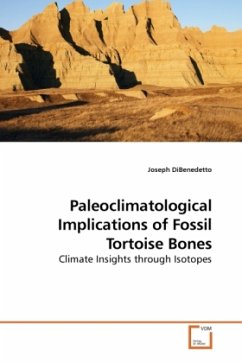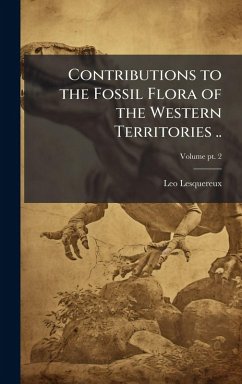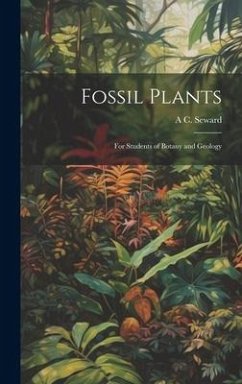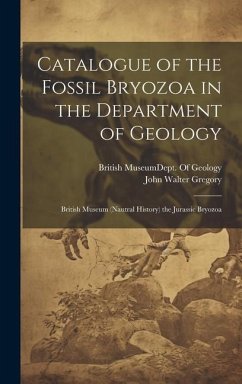
FROM A FOSSIL ASSEMBLAGE TO A PALEOECOLOGICAL COMMUNITY
Time, Organisms and Environment based on the Kaili Lagerstätte (Cambrian), South China and Coeval Deposits of Exceptional Preservation
Versandkostenfrei!
Versandfertig in 6-10 Tagen
52,99 €
inkl. MwSt.

PAYBACK Punkte
26 °P sammeln!
The Cambrian Period (542 to 488 Ma) marks the beginning of an abundant fossil record, and the Burgess Shale Biota was the first fully described fossil assemblage that contains a relatively complete picture of a benthic Cambrian community. More Burgess Shale-type (BST) fossil assemblages have been discovered since then and are ready to be utilized to test hypotheses about the ecology of the Cambrian explosion, which is the most important event in the evolution of metazoans. This book focuses on the Kaili Biota (http://hdl.handle.net/1811/24227), an important deposit bridging the stratigraphic g...
The Cambrian Period (542 to 488 Ma) marks the
beginning of an abundant fossil record, and the
Burgess Shale Biota was the first fully described
fossil assemblage that contains a relatively
complete picture of a benthic Cambrian community.
More Burgess Shale-type (BST) fossil assemblages
have been discovered since then and are ready to be
utilized to test hypotheses about the ecology of the
Cambrian explosion, which is the most important
event in the evolution of metazoans. This book
focuses on the Kaili Biota
(http://hdl.handle.net/1811/24227), an important
deposit bridging the stratigraphic gap between
Chengjiang Biota and Burgess Shale Biota. It allows
us to gain a more complete understanding of the
Cambrian life through the window of BST deposits.
The book is divided into four parts. Part 1 includes
stratigraphic background of Kaili Formation. Part 2
contains discussions on taphonomy. Part 3 provides
new observation for Cambrian paleoecology, including
animal-substrate relations, spawning habits, teiring
community, and faunal succession. Part 4 presents
hypotheses on arthropod, echinoderm evolution, and
the evolution of biosphere.
beginning of an abundant fossil record, and the
Burgess Shale Biota was the first fully described
fossil assemblage that contains a relatively
complete picture of a benthic Cambrian community.
More Burgess Shale-type (BST) fossil assemblages
have been discovered since then and are ready to be
utilized to test hypotheses about the ecology of the
Cambrian explosion, which is the most important
event in the evolution of metazoans. This book
focuses on the Kaili Biota
(http://hdl.handle.net/1811/24227), an important
deposit bridging the stratigraphic gap between
Chengjiang Biota and Burgess Shale Biota. It allows
us to gain a more complete understanding of the
Cambrian life through the window of BST deposits.
The book is divided into four parts. Part 1 includes
stratigraphic background of Kaili Formation. Part 2
contains discussions on taphonomy. Part 3 provides
new observation for Cambrian paleoecology, including
animal-substrate relations, spawning habits, teiring
community, and faunal succession. Part 4 presents
hypotheses on arthropod, echinoderm evolution, and
the evolution of biosphere.












